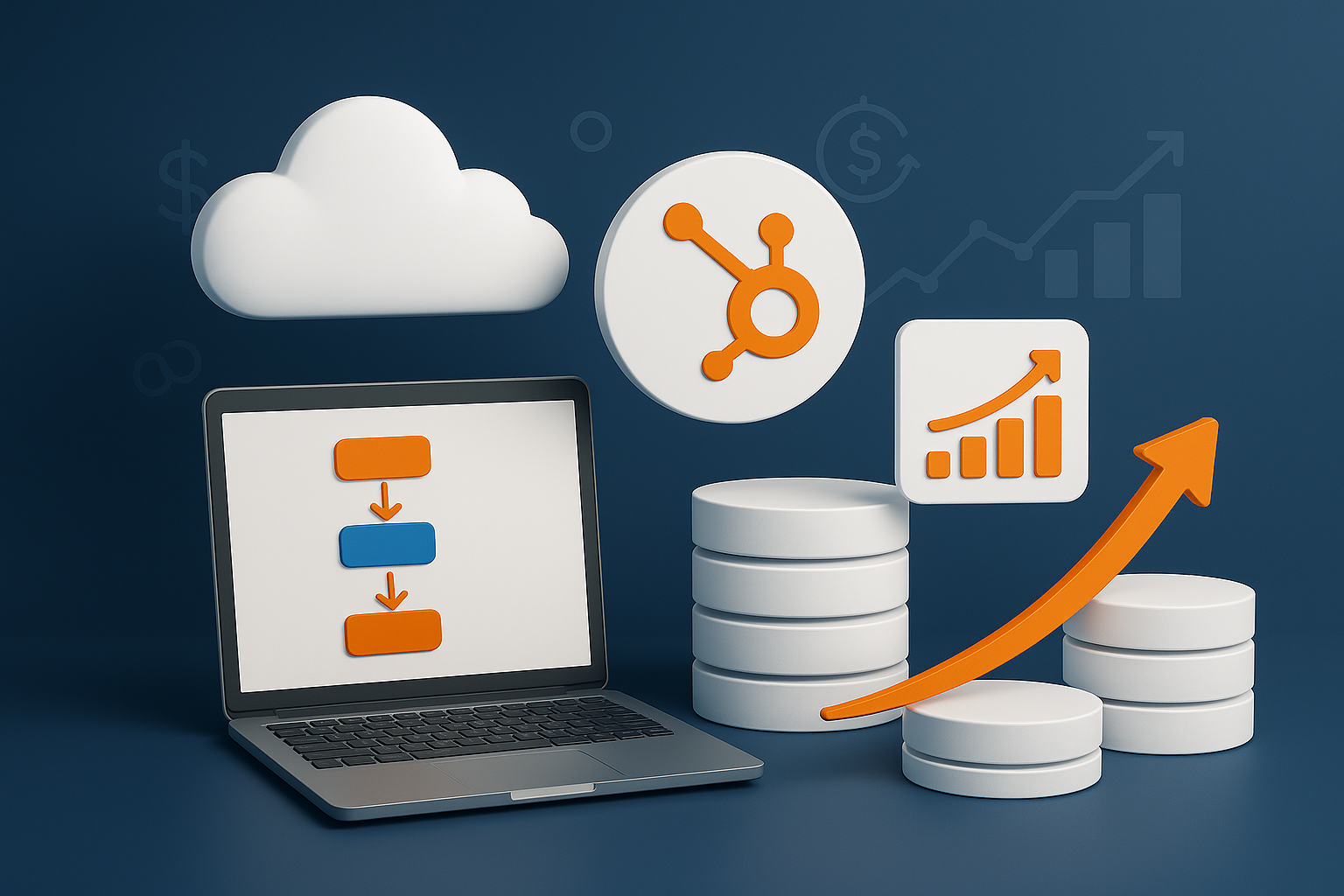The Ultimate Guide to RevOps for SaaS Startups

Table of Contents
What is RevOps (and Why It Matters for Startups)
RevOps is the function that connects your go-to-market teams to your revenue data. Instead of sales, marketing, and customer success operating in silos, RevOps ensures they share the same systems, metrics, and workflows.
For startups, RevOps matters because:
- It keeps revenue data clean → no more “my spreadsheet vs. your CRM.”
- It gives investors confidence → fundraising depends on credible MRR/ARR metrics.
- It improves efficiency → automates manual billing, reporting, and handoffs.
- It drives retention → by connecting usage, billing, and customer health.
The Signs You Need RevOps (Even as a Small Team)
You don’t need a RevOps team of five to start. In fact, the earlier you set the foundations, the smoother your growth will be. Signs your startup needs RevOps include:
- Founders or sales reps are updating spreadsheets manually.
- Customer success doesn’t know when a client upgrades or downgrades.
- Your Stripe data doesn’t match your HubSpot or CRM reports.
- Investors ask about NRR, CAC, or churn — and you scramble for answers.
Core RevOps Metrics Every SaaS Startup Should Track
RevOps isn’t about adding more dashboards; it’s about tracking the right metrics consistently.
- Monthly Recurring Revenue (MRR): The heartbeat of SaaS.
- Annual Recurring Revenue (ARR): Long-term view for investors.
- Net Dollar Retention (NDR/NRR): Measures expansion vs. churn.
- Customer Acquisition Cost (CAC): Efficiency of sales + marketing.
- Customer Lifetime Value (LTV): Predicts long-term growth potential.
How to Start RevOps Without a Big Team
- Unify your billing and CRM data
- Integrate Stripe with HubSpot (or your CRM) so finance, sales, and CS share one view.
- Tools like Omniroo automate this, syncing subscriptions, invoices, and usage data directly into your CRM.
- Standardize your metrics
- Define what “active customer” or “churn” means in your company.
- Consistency matters more than complexity.
- Automate reporting
- Create dashboards that update automatically.
- Founders should never waste hours pulling numbers before a board meeting.
- Align your teams
- Sales knows what marketing is promising.
- CS knows when billing changes happen.
- Everyone trusts the same data.
The ROI of Early RevOps for Startups
Implementing RevOps early may feel like overhead, but it compounds growth:
- Faster fundraising: clean revenue data = smoother due diligence.
- Higher retention: CS can spot churn risks early.
- Efficient scaling: avoids the chaos of retrofitting systems later.
- Investor confidence: a structured RevOps engine makes your startup look like a $10M ARR company even before you hit $1M.
Conclusion
RevOps isn’t just for big SaaS companies — it’s a growth accelerant for startups. By unifying your billing, CRM, and customer data, you unlock the insights and efficiency needed to scale confidently.
Start small. Automate what you can. And remember: RevOps isn’t about tools; it’s about alignment. The sooner you build it, the sooner you can focus on what matters most — growing your SaaS.